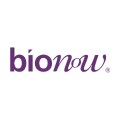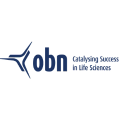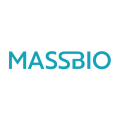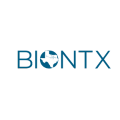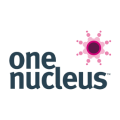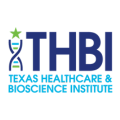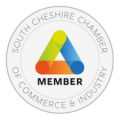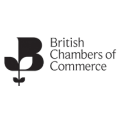 In this three-part blog series, Dr Eric Hardter, Associate Director of Regulatory Affairs at Boyds, provides advice and guidance to sponsors on conducting FDA meetings and discusses ways of ensuring a productive outcome.
In this three-part blog series, Dr Eric Hardter, Associate Director of Regulatory Affairs at Boyds, provides advice and guidance to sponsors on conducting FDA meetings and discusses ways of ensuring a productive outcome.
Formal meetings with the FDA represent the optimal mechanism for receiving bespoke advice on a sponsor’s investigational product (IP) development program. Within this sequence of blogs, we will detail a series of considerations and practices to best ensure a successful outcome. This is not to say that following these steps will inherently result in concurrence from regulators on the sponsor’s positions, but rather that actionable commentary (be it positive or negative) should be received.
Part 1: Background and Preliminary Steps
Why Hold a Formal Meeting with the FDA?
As noted above, the overarching rationale is to receive advice tailored specifically to a sponsor’s IP development program. Regardless of when in the development lifecycle a meeting is requested, the end goal is to effectively de-risk the next (or other downstream) regulatory hurdle(s). As an example, a sponsor seeking to open a Phase 2 clinical trial would benefit from holding an End-of-Phase (EOP) meeting following the conclusion of the preceding Phase 1 trial’s primary outcome measures prior to submitting the proposed Phase 2 protocol.
There also exist non-regulatory benefits. As another example, a sponsor who held a pre-IND meeting with the FDA can demonstrate tangible goal achievement and program progression, which constitutes excellent feedback to share with the company’s executive board and other stakeholders. The sponsor can subsequently publicize that milestone to help raise capital from investors. Such early socialization also helps orient FDA reviewers to key IP metadata, which may position sponsors for subsequent designations such as Fast Track or Breakthrough Therapy.
Choosing the Applicable Meeting Type
The FDA offers a multitude of meeting types, which are differentiated by both the stage of IP development and the topics for discussion. A sponsor’s first stop in determining meeting type should be the FDA’s Draft Guidance for Industry ‘Formal Meetings Between the FDA and Sponsors or Applicants of PDUFA Products,’ which was most recently updated in September 2023. Speaking broadly, Type A meetings are necessitated by stalled IP development (e.g., discussion of a Clinical Hold), Type B meetings are typically related to milestones (e.g., Pre-IND, or EOP meetings), and Type C meetings function as something of a catch-all when proposed discussion does not fit into the other meeting types.
Importantly, following the implementation of the seventh iteration of the Prescription Drug User Fee Act (PDUFA VII), the FDA now allows for Type D meetings. These meetings are intended to be narrower in scope (i.e., a small number of related questions across not more than two disciplines), but if granted come with a truncated 50-day (calendar) timeline. The advent of these meetings has effectively formalized ad hoc requests for commentary and advice, which were not time-bound when made in absence of a PDUFA target.
Anticipated Meeting Documentation
With limited exception, submission documentation is typically provided in a biphasic manner, first with a meeting request, and then followed by a briefing package upon FDA granting the meeting. The afore-mentioned FDA Draft Guidance should be referenced, as it provides information including:
- The overall timelines from date of meeting request submission to meeting date
- The FDA’s timeline for either granting or rejecting a meeting
- When the briefing package must be submitted in relation to the meeting date
Efforts should be made to ensure consistency across submission documents, though sponsors may make small changes in the briefing package such as to list of attendees, or to minorly tweak the agenda.
The Mechanics of Scheduling Your Meeting
The likeliest way of achieving a desired meeting date is by presenting the FDA with multiple options. Once a date of submission of the meeting request is chosen, the target meeting date can be determined. From there, it is recommended to select three to five days that bridge the target date, while noting whole day or half-day availability. For sponsors with global representation, it is important to consider time zone differences for the proposed attendees.
Ultimately, the meeting date will be chosen based on FDA stakeholder availability. As this may not align with proposed dates, sponsors should also note any dates of unavailability to avoid an unnecessary conflict of timing. Continuing, it is possible (if unlikely) that the FDA’s proposed meeting date(s) may outpace the corresponding PDUFA target. In such an event, the lead time for finalization of the briefing package will be reduced. To de-risk this scenario, production of the briefing package (detailed in Part 2 of this blog series) should be well underway at the time of meeting request submission, with a metric of “80% complete” functioning as an informal standard.
The format of the meeting must also be proposed. While written responses only may suffice in certain instances, this format robs sponsors of the ability to have a dynamic conversation with FDA reviewers. To best foster discussion while limiting unnecessary travel, it is recommended to propose a video teleconference. This format is greatly preferred to a written response only as it affords a more holistic discussion, averts misunderstanding, presents the opportunity to expand on the questions and responses (outside of the formal package content as needed), and fosters relationship building. The FDA has recently expanded the definition of in-person, face to face meetings to allow hybrid virtual participation. This gives greater flexibility to the meeting timing for both the Agency and the sponsor.
Keep an eye out for part two and part three of this blog series coming soon.
Boyds has an award-winning team of regulatory affairs experts with many years of experience helping our clients achieve successful FDA submissions. Get in touch with our team for personalised support in preparing for your FDA meeting.
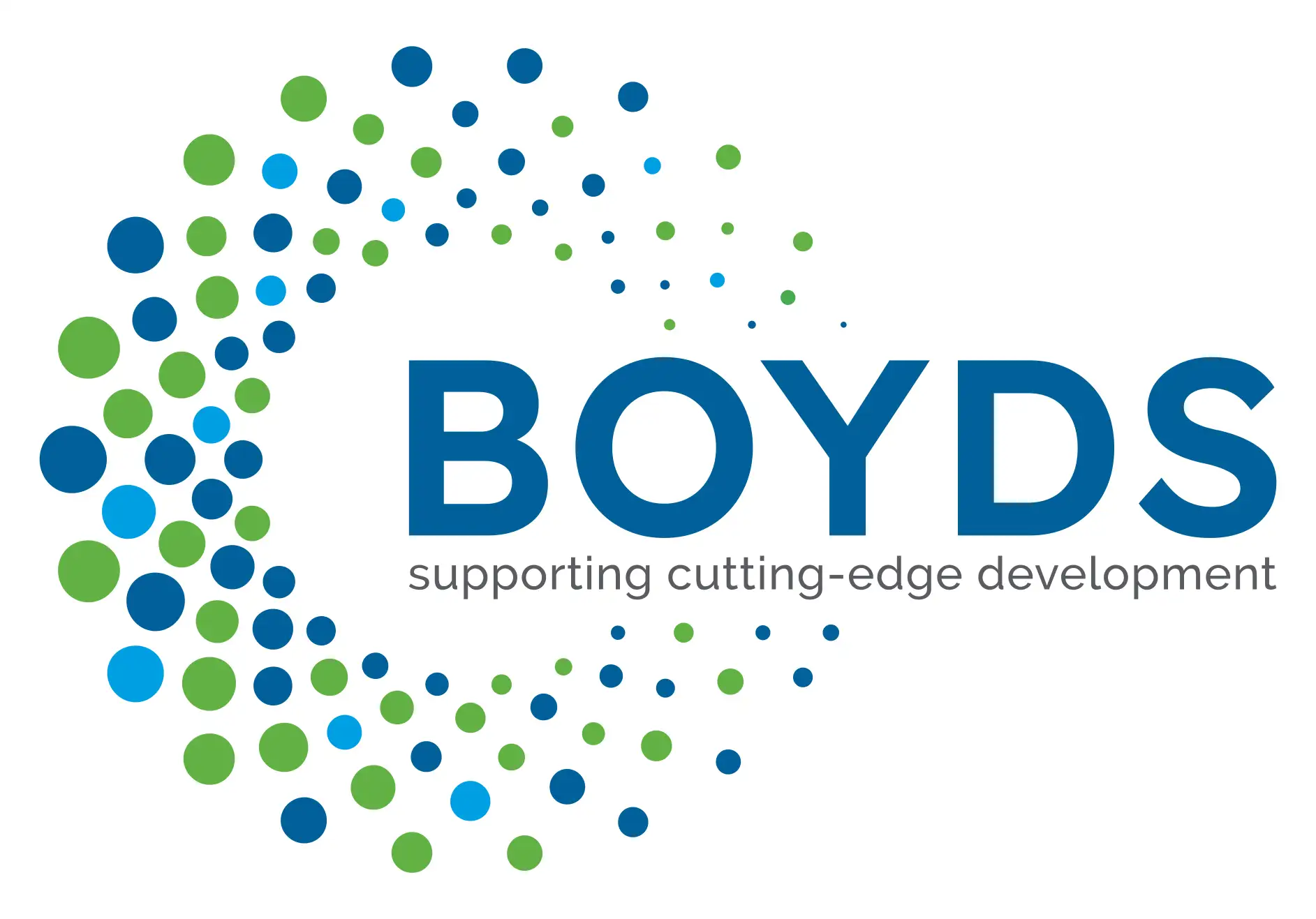
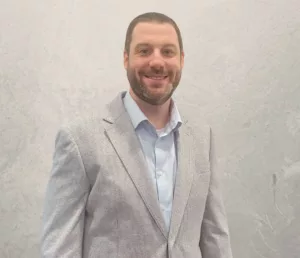 In this three-part blog series, Dr Eric Hardter, Associate Director of Regulatory Affairs at Boyds, provides advice and guidance to sponsors on conducting FDA meetings and discusses ways of ensuring a productive outcome.
In this three-part blog series, Dr Eric Hardter, Associate Director of Regulatory Affairs at Boyds, provides advice and guidance to sponsors on conducting FDA meetings and discusses ways of ensuring a productive outcome.